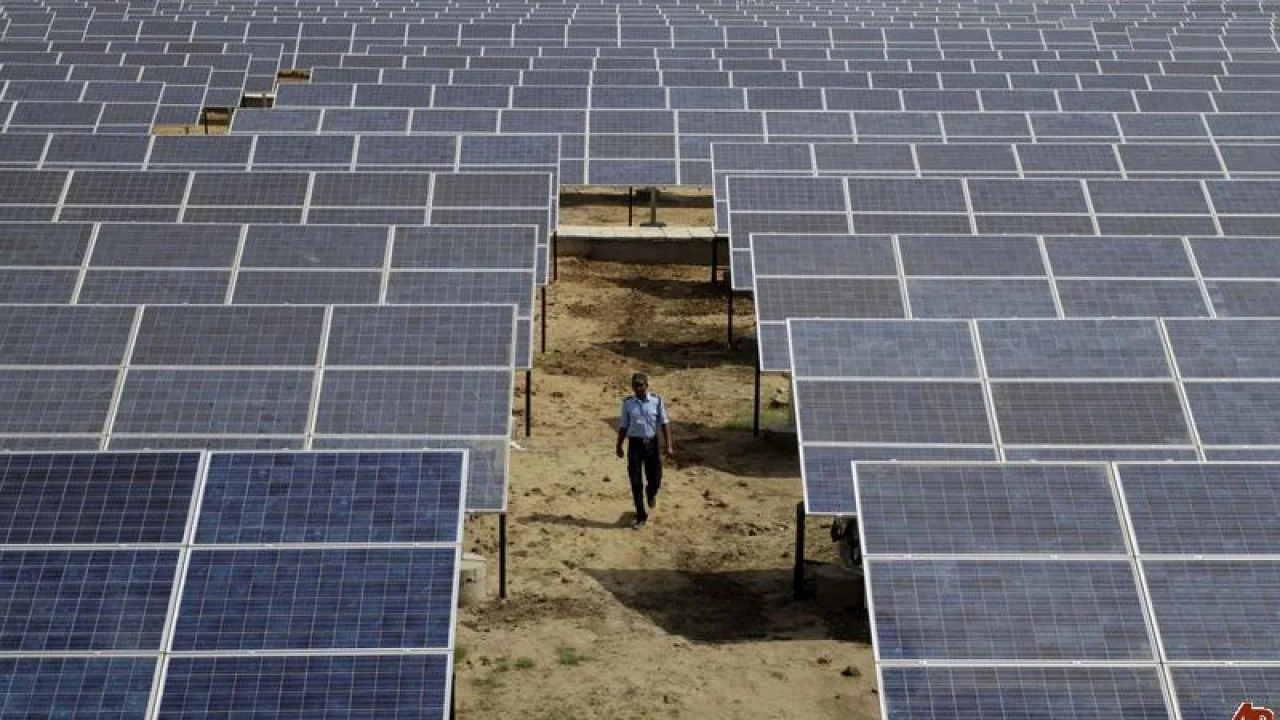
The successive central and state governments over the past few years promised to make J&K a hub of solar energy production but the study conducted by the Centre for Science and Environment has placed J&K at bottom of the list.
IN the last few years, Solar Energy Corporation of India (SECI) has proposed many mega solar power projects in few districts of the erstwhile state of Jammu and Kashmir (J&K), but the completion of these projects is far from reality.
Concerns over the safety and viability of these projects in J&K are raised from time to time.
Experts suggest that such projects may help in boosting job opportunities and electricity production that ultimately will benefit the local population.
While it is a challenging task for engineers to set up power grids on tough terrains of the region but, many say, the innovative solutions may help in yielding promising results.
Interestingly, the successive central and state governments over the past few years promised to make J&K a hub of solar energy production but the study conducted by the Centre for Science and Environment has placed J&K at bottom of the list.
J&K was placed even below Bihar which has managed to install 20 MW Solar Roof Top (SRT) power.

Notably, ever since Union Ministry of New and Renewable Energy launched the Jawaharlal Nehru Solar Mission in 2010, J&K has been lagging behind.
According to the official figures released by Jammu Kashmir Energy Development Agency (JAKEDA), SRT panels of 8 MWs were installed in different parts of J&K.
The primary reason for the lack of growth in the solar sector in J&K is the shortage of resources.
According to the agreement between the centre and the states, J&K was bound to pay 40 percent of the total funds but a majority of the projects were scrapped, subjecting to J&K’s inability to pay its share of funds.
As per an estimate, a 70 percent subsidy is provided by JAKEDA to any household installing SRT panels on rooftops of their homes.
It’s believed that since the cost of electricity is very less in J&K, majority of households hesitate in investing in solar panels.
The lack of cooperation from the various authorities concerned is equally proving to be a major stumble in developing solar power infrastructure in J&K. The red-tapism is also being blamed for not helping the cause.

In past, a 200 KW plant was installed by JAKEDA at Sher-E-Kashmir Institute of Medical Sciences, but no progress had been made on it so far.
The only department that has been utilising the benefits of renewable energy is the J&K Police department. A good number of SRT panels are installed on the rooftops of many police stations over the past few years.
Many environmental experts advocate the use of unconventional or renewable sources of energy such as solar energy as a means to combat the impact of climate change.
Experts suggest that the process of generating solar power is way cheaper than building a hydropower plant of similar capacity.
The time taken to build a solar power plant is also very less than building a hydropower plant.
At the beginning of 2019, an Economic Times report says, the total installed power capacity in the J&K was 3393.74 MW.
The same report states that though J&K is the second largest state in terms of having the potential for solar power generation, yet solar power has very little contribution in this region.
Follow this link to join our WhatsApp group: Join Now
Be Part of Quality Journalism |
Quality journalism takes a lot of time, money and hard work to produce and despite all the hardships we still do it. Our reporters and editors are working overtime in Kashmir and beyond to cover what you care about, break big stories, and expose injustices that can change lives. Today more people are reading Kashmir Observer than ever, but only a handful are paying while advertising revenues are falling fast. |
| ACT NOW |
| MONTHLY | Rs 100 | |
| YEARLY | Rs 1000 | |
| LIFETIME | Rs 10000 | |











